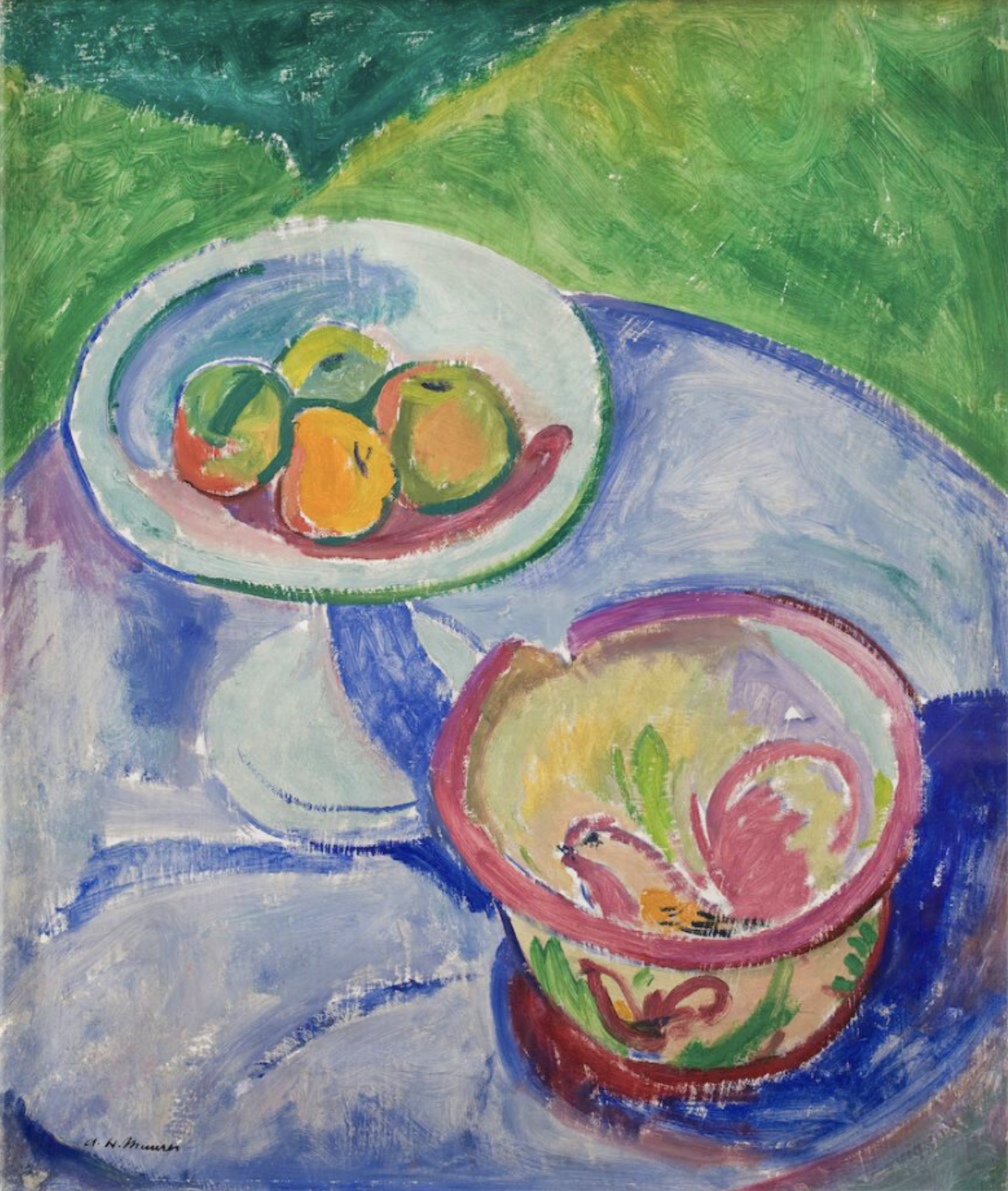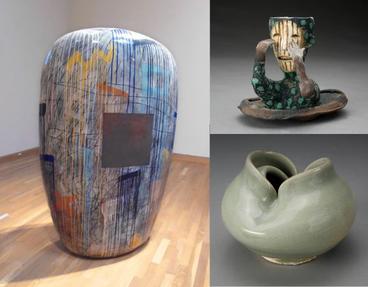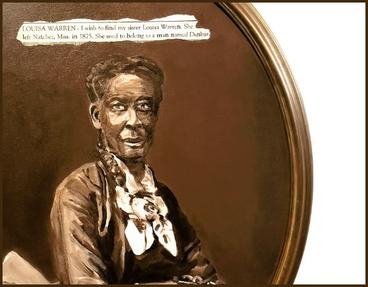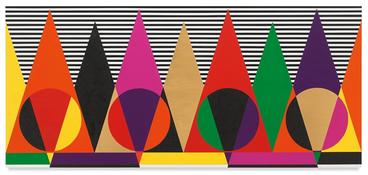333 E River Road
Minneapolis, MN 55455
United States

Additional Details
The history of still life in art history reflects a rich evolution of styles and cultural significance. Originating in ancient Egyptian tomb paintings and Roman mosaics, still lifes were used to symbolize abundance and the afterlife. During the Renaissance, still life emerged as a distinct genre, with artists like Caravaggio elevating everyday objects to subjects of meticulous realism and symbolic depth. The Baroque period further developed still life, showcasing opulent arrangements of food, flowers, and luxury items, often with moralistic undertones about the transience of life. The Dutch Golden Age saw a flourishing of still life, with painters like Jan van Huysum and Rachel Ruysch perfecting the genre with intricate detail and complex compositions. In the 19th and 20th centuries, artists such as Paul Cézanne and Giorgio Morandi experimented with form and perspective, leading to modern and contemporary interpretations that continue to explore the aesthetic and symbolic potential of everyday objects.
Drop-in, Self-Guided Art Activity
Each month, WAM presents a self-guided art-making activity inspired by an art piece or artist from the museum's collection. Everything you need to make your own masterpiece is provided and the activity is designed to be accessible and open to all. Drop-in during open hours and get creative!
Alfred Maurer, Still Life, 1908. Tempera on cardboard, 21 1/2 × 17 7/8 in. Gift of Ione and Hudson D. Walker. 1953.206, not on view.


